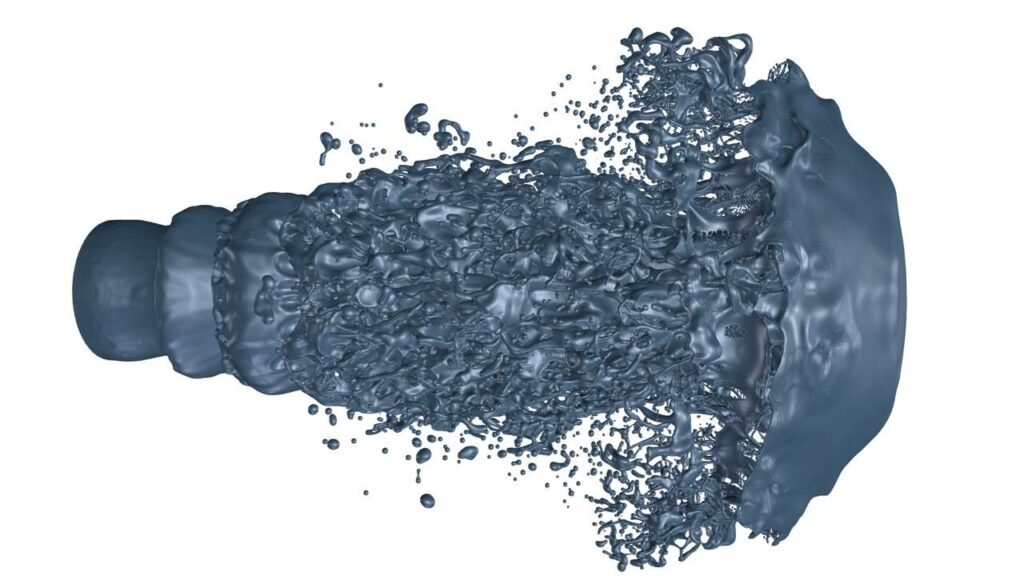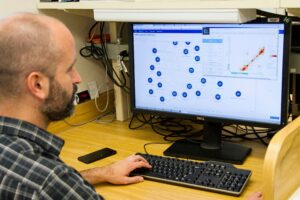
AMES, Iowa – In a groundbreaking initiative, engineers from Iowa State University are collaborating with researchers from Tufts University and Stanford University to develop cutting-edge tools for simulating electrochemical processes. These processes are crucial to advancements in energy, health care, and manufacturing technologies. The U.S. National Science Foundation (NSF) is backing this ambitious project with significant funding.
The project addresses a critical gap in the current ability to simulate electrochemical processes efficiently. These processes are integral to various aspects of daily life, from energy production and storage to health care technology and advanced manufacturing. The collaborative effort aims to create computational modeling tools that can accurately simulate these processes in liquids or gases.
Bridging the Simulation Gap
Electrochemical systems play a pivotal role in modern technology, impacting areas such as clean water production through desalination, energy efficiency via improved battery components, and the development of cost-effective health care devices. However, current simulation methods are neither fast nor easily shareable, hindering the pace of innovation.
Baskar Ganapathysubramanian, a mechanical engineer and associate director of Iowa State’s Translational AI Center, explained the complexity of these systems using desalination as an example. “The membrane’s structure is complex and porous,” he said. “When an electric field is applied, charged particles—salt ions in this case—are separated from water.”
He highlighted the challenge of accounting for various scales in distance and time, from microscopic interfaces to large systems. “There’s the chemistry at the surface, but fluid next to the surface is also affected,” he noted.
The FASTEST Framework
A new research grant will enable the development of a modeling solution called FASTEST, or “Framework for Advanced Simulation of multiphaSe ElecTrochemical Systems.” The NSF is supporting this research with five-year grants: $1.15 million to Iowa State, $1.12 million to Tufts, and $1 million to Stanford.
The project leaders include Ganapathysubramanian and Adarsh Krishnamurthy from Iowa State, Hari Sundar and Jeff Foster from Tufts, and Ali Mani from Stanford. They aim to create “scalable, robust, and accurate simulation capabilities for the complex, multiscale dynamics of multiphase electrochemical systems,” according to a project summary.
Overcoming Challenges
The researchers face several key challenges: developing simulation technology that remains efficient when parameters are adjusted, creating a framework independent of specific computing architectures, and designing AI-ready tools capable of handling large datasets swiftly.
Krishnamurthy pointed out the additional difficulty of modeling complex geometries in certain applications, such as dialysis machines. “Existing methods struggle with these geometries,” he said.
“Addressing these challenges can significantly enhance the performance, efficiency, and affordability of critical technologies, particularly in energy production and storage,” the researchers wrote.
Collaborative Expertise
The project brings together a diverse team of experts in applied mathematics, computer programming, high-performance computing, chemical engineering, and fluid mechanics. This multidisciplinary approach is essential for tackling the intricate problems posed by electrochemical systems.
Ganapathysubramanian emphasized the importance of federal support in assembling such a team. The NSF’s Cyberinfrastructure for Sustained Scientific Innovation program ensures that the team’s work remains public, transparent, and reusable, maximizing returns for taxpayers and enabling broad societal impact.
With the potential to revolutionize how scientists and engineers approach electrochemical simulations, the project promises to accelerate the transition from discovery to practical applications, ultimately benefiting society at large.





